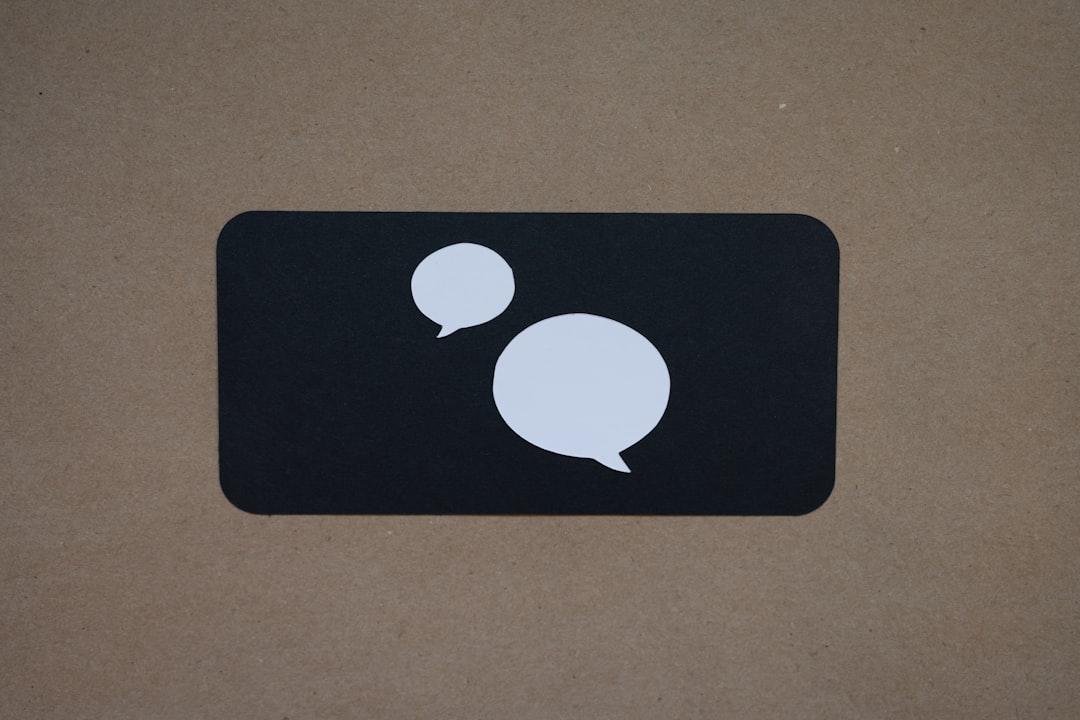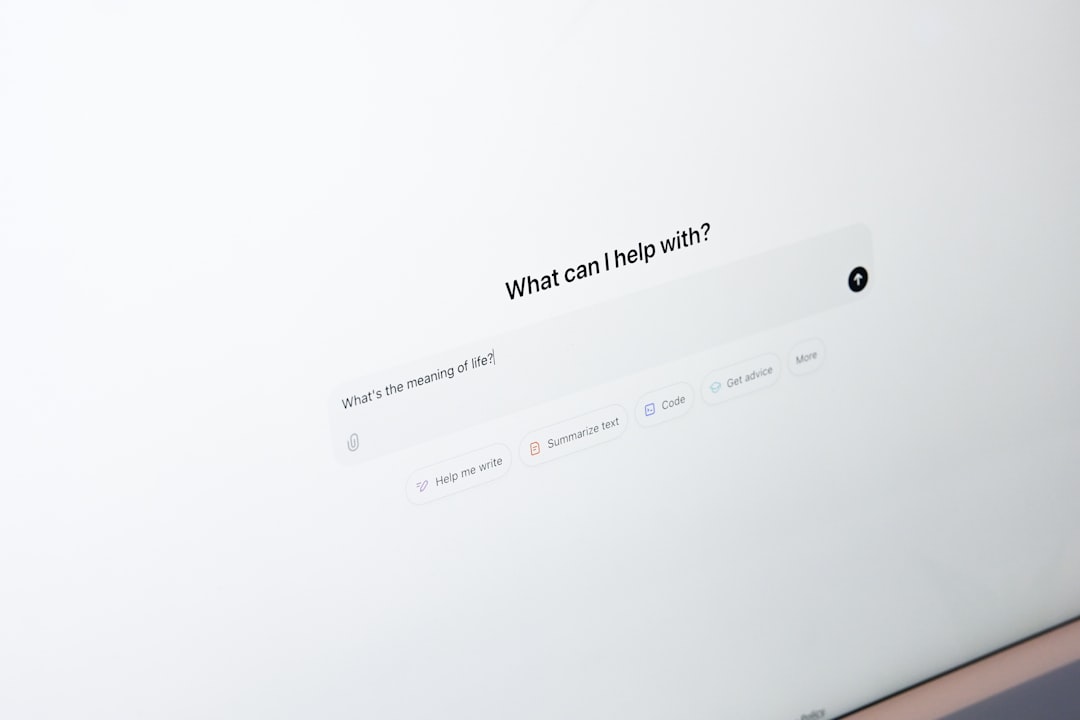In today’s digital-first world, customer expectations are higher than ever. They demand instant answers, 24/7 support, and seamless interactions. For companies seeking to manage these demands efficiently, integrating AI like ChatGPT into their customer service strategy is not just beneficial—it’s becoming essential. ChatGPT, developed by OpenAI, offers a transformative solution for automating customer support, improving response times, and enhancing overall service quality.
Why ChatGPT for Customer Support?
ChatGPT stands out for its ability to understand natural language, provide contextual responses, and scale across multiple support scenarios. This makes it particularly effective at handling repetitive queries, triaging tickets, and even learning from past interactions to improve over time.
- Always Available: ChatGPT functions 24/7, ensuring that customer inquiries are addressed outside of traditional business hours.
- Cost-Effective: Automating responses reduces the need for a large human support team, saving operational costs.
- Scalable: ChatGPT can handle thousands of conversations simultaneously, something human agents cannot match.
- Consistent Quality: Unlike humans, GPT models don’t suffer from fatigue, mood swings, or oversight, ensuring consistent communication quality.
Implementing ChatGPT in Customer Support Workflows
To make the most of ChatGPT, a structured implementation process is key. Here are the most critical steps:
- Define Support Use Cases: Start by identifying repetitive tasks or common queries where ChatGPT can make the biggest impact – such as password resets, tracking orders, and FAQs.
- Train on Custom Data: Use your internal documentation, past conversations, and help articles to fine-tune the chatbot for specific contexts.
- Integrate with Channels: Embed ChatGPT into your existing communication platforms such as your website, mobile app, or social media messengers.
- Set Escalation Rules: Determine when the chatbot should transfer the conversation to a human agent—such as in the case of complex issues or irate customers.
- Monitor and Optimize: Review chat logs, customer feedback, and success rates to refine responses and workflows regularly.
Advanced Features and Capabilities
ChatGPT isn’t just a static question-answering bot. Thanks to advancements in AI, especially with the GPT-4 architecture and integration capabilities, it offers a rich set of features tailored for customer service environments:
- Multi-language Support: Capable of conversing in multiple languages to accommodate global audiences.
- Sentiment Analysis: Detects emotion in text, making it easier to flag dissatisfied customers and prioritize resolution.
- Personalization: Can remember user details during interactions for more personalized engagement.
- API Integrations: Easily connects with CRMs, ticketing tools, knowledge bases, and live chat platforms.

Examples of ChatGPT in Action
Many companies across various industries are already harnessing the potential of ChatGPT:
- eCommerce: Retail businesses use GPT-based bots to provide instant product recommendations, track orders, and answer customer inquiries.
- Travel: Airlines and travel agencies leverage ChatGPT to manage booking inquiries, flight changes, and customer feedback.
- Finance: Banks employ it for account-related queries, transaction histories, and even fraud alerts with proper integration and safeguards.
- SaaS: Software companies use the bot to guide users through installation, troubleshooting, and usage best practices.
Each use case highlights how businesses can tailor the logic and training data of ChatGPT to meet specific support needs while improving efficiency and reducing human workload.
Overcoming Challenges & Ensuring Compliance
While ChatGPT offers enormous advantages, implementation is not without challenges. Companies must address the following concerns proactively:
- Data Privacy: Ensure customer data handled by ChatGPT complies with regulations like GDPR, HIPAA, and CCPA.
- Security: Prevent unauthorized data access by leveraging encryption and secure API connections.
- Bias and Errors: Like any AI, GPT models can generate biased or inaccurate responses. Regular training and human review are necessary.
Companies should also maintain transparency about their use of AI-powered chatbots and provide easy ways for customers to opt into human support.
Measuring Impact: Key Metrics to Track
To ensure your ChatGPT implementation is successful, monitor the following performance indicators:
- First Response Time (FRT): An indication of how quickly users receive their first reply.
- Resolution Rate: Measures how many interactions are resolved without agent involvement.
- Customer Satisfaction (CSAT): Typically gathered via surveys or live feedback after chat sessions.
- Deflection Rate: Shows how many tickets were handled by the chatbot without escalation.
Continuous improvements based on these metrics can turn ChatGPT from a reactive support tool into a proactive business asset.

Future of AI in Customer Support
The rise of generative AI in customer support signifies a paradigm shift. ChatGPT and similar models will gradually evolve from answering queries to performing transactions, issuing refunds, updating customer data, and more. With OpenAI offering function-calling capabilities and tool integrations, the AI agent is steadily stepping into roles once handled solely by humans.
Moreover, as AI models continue to improve in comprehension, contextual awareness, and empathy simulation, the quality gap between human and AI-powered conversations will narrow even further.
Conclusion
Incorporating ChatGPT into customer support functions unlocks remarkable advantages—from speed and scale to consistent service and cost savings. While there are challenges to be managed, the benefits far outweigh the drawbacks for forward-thinking businesses looking to remain agile and customer-centric.
With proper strategy, data governance, and ongoing optimization, ChatGPT can be the foundation for a more intelligent, responsive, and future-ready customer support operation.
Frequently Asked Questions (FAQ)
- Q: Can ChatGPT completely replace human customer support agents?
- A: No, ChatGPT is best used to augment human support. It handles repetitive or low-complexity interactions, while complex issues should still be escalated to a human.
- Q: Is it difficult to train ChatGPT for specific industries?
- A: It depends on the quality and volume of data. With well-structured documents and historical conversation logs, businesses can effectively tailor ChatGPT to niche domains.
- Q: How secure is ChatGPT for handling customer information?
- A: When deployed through secure environments and APIs, and with encryption and compliance practices in place, ChatGPT can be safe for handling sensitive data.
- Q: What languages does ChatGPT support?
- A: ChatGPT supports dozens of languages, including but not limited to English, Spanish, French, German, Chinese, and Arabic.
- Q: Can ChatGPT be integrated with my existing CRM?
- A: Yes, through APIs and middleware, ChatGPT can interface with most CRMs and support systems to access and log customer data effectively.







